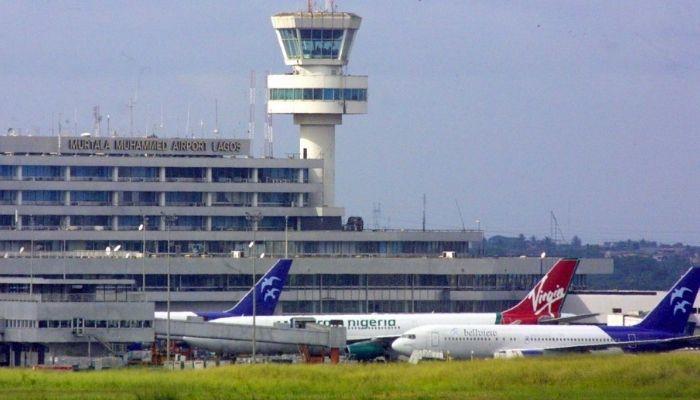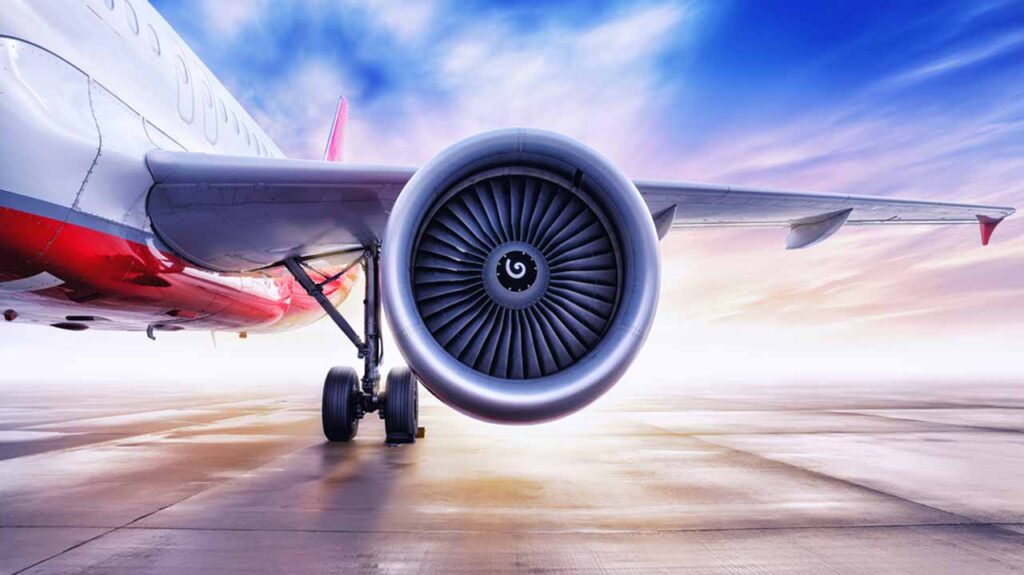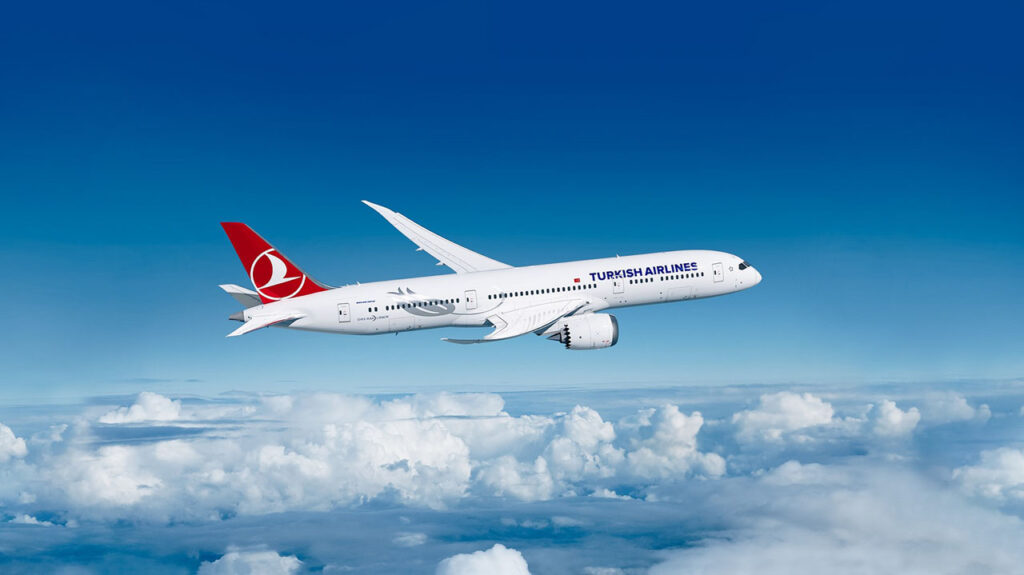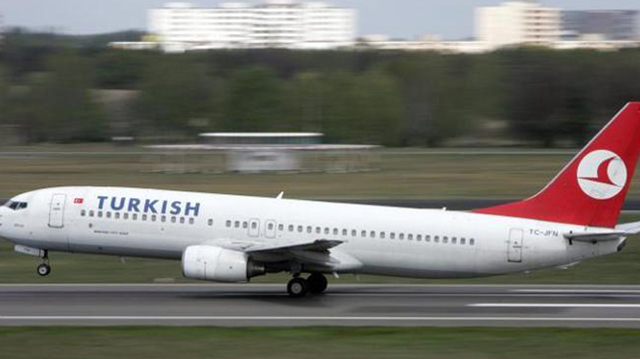
Revenue projection for the global air transport sector in 2024 has shown a mixed fortune for regions, with African carriers estimated to record loss amid 2.7 per cent net profit margin for others.
The International Air Transport Association (IATA), in a projection released recently, observed strengthened profitability projections for airlines in 2023, which will then largely stabilise in 2024. However, net profitability at the global level is expected to be well below the cost of capital in 2024.
The general outlook showed the airline industry’s net profits are expected to reach $25.7 billion in 2024 (2.7 per cent net profit margin). That will be a slight improvement over 2023, which was expected to show a $23.3 billion net profit (2.6 per cent net profit margin).
Airline industry operating profits are expected to reach $49.3 billion in 2024 from $40.7 billion in 2023. Total revenues in 2024 are expected to grow 7.6 per cent year over year to a record $964 billion.
Expense growth is expected to be slightly lower at 6.9 per cent for a total of $914 billion. Some 4.7 billion people are expected to travel in 2024, an historic high that exceeds the pre-pandemic level of 4.5 billion recorded in 2019.
Cargo volumes are expected to be 58 and 61 million tonnes in 2023 and 2024, respectively. The report showed that the regions have recovered from the pandemic at different speeds. At the regional level, North America, Europe, Asia Pacific, and the Middle East are expected to post net profits in 2024. Latin America and Africa are still expected to be in the red.
African carriers are, however, expected to generate another loss in 2024. According to IATA, the continent remains a difficult market in which to operate an airline, with economic, infrastructure, and connectivity challenges impacting the industry performance.
Despite these challenges, there is robust demand for air travel. Underpinned by this demand, the industry continues to reduce losses. IATA’s Director General, Willie Walsh, noted that considering the major losses of recent years, the $25.7 billion net profit expected in 2024 is a tribute to aviation’s resilience.
He said people love to travel and that has helped airlines to come roaring back to pre-pandemic levels of connectivity.
“The speed of the recovery has been extraordinary; yet it also appears that the pandemic has cost aviation about four years of growth. From 2024 the outlook indicates that we can expect more normal growth patterns for both passenger and cargo,” Walsh said.
He added that industry profits must be put into proper perspective. While the recovery is impressive, Walsh remarked that a net profit margin of 2.7 per cent is far below what investors in almost any other industry would accept.
“Of course, many airlines are doing better than that average, and many are struggling. But there is something to be learned from the fact that, on average airlines will retain just $5.45 for every passenger carried. That’s about enough to buy a basic ‘grande latte’ at a London Starbucks.
“But it is far too little to build a future that is resilient to shocks for a critical global industry on which 3.5 per cent of GDP depends and from which 3.05 million people directly earn their livelihoods.”
He said further that airlines would always compete ferociously for their customers, but they remain far too burdened by onerous regulation, fragmentation, high infrastructure costs and a supply chain populated with oligopolies.
Industry profitability is fragile and could be affected positively or negatively by many factors like the global economy developments, war, supply chains and regulatory risk.
For global economic developments, easing inflation, low unemployment rates, and strong demand for travel are all positive developments. Nonetheless, economic strains could arise. In China, for example, slow growth, high youth unemployment and disarray in property markets if not managed properly, could impact global business cycles.
Similarly, should tolerance of high interest rates weaken, and unemployment rise significantly, the strong consumer demand that has supported the recovery could weaken.













